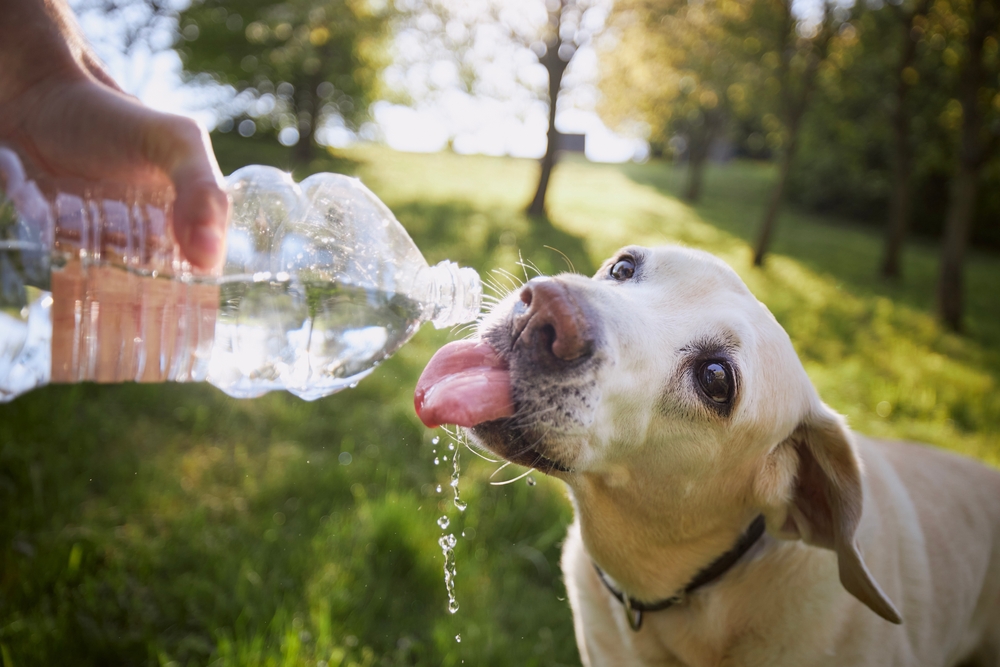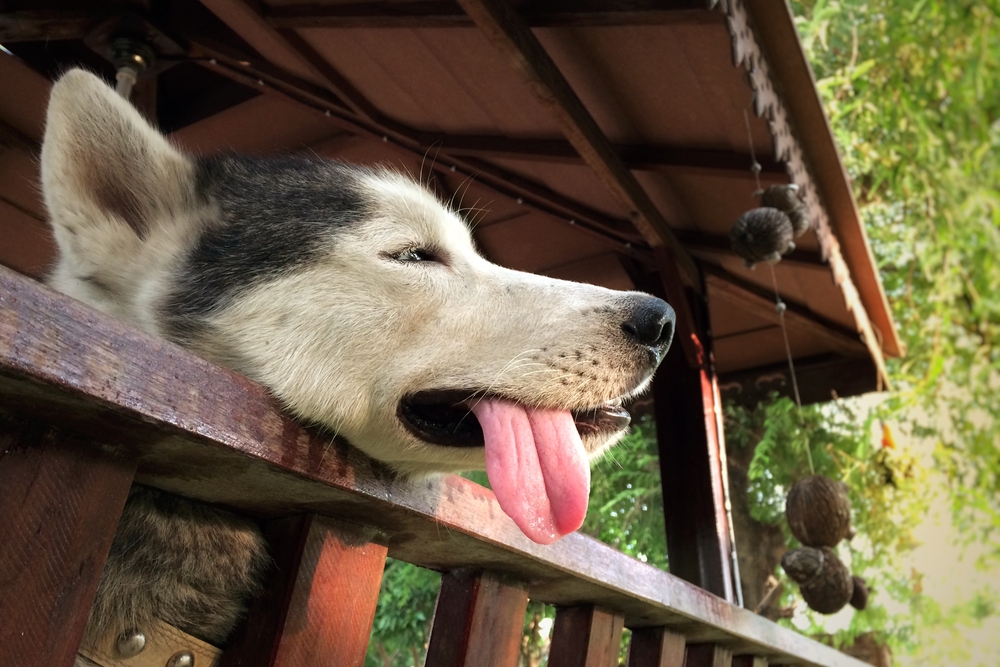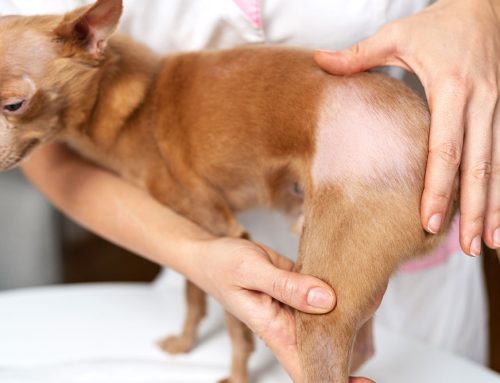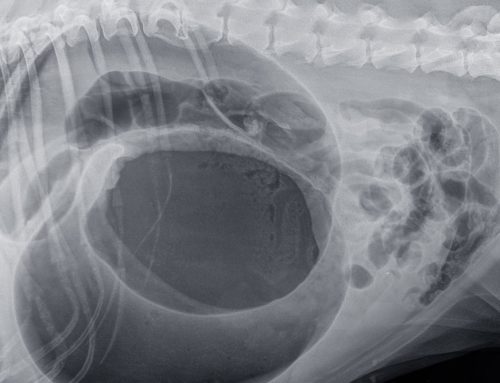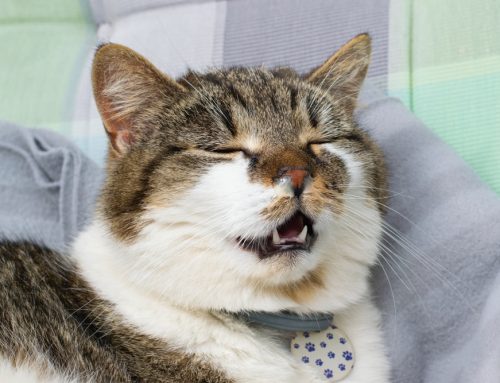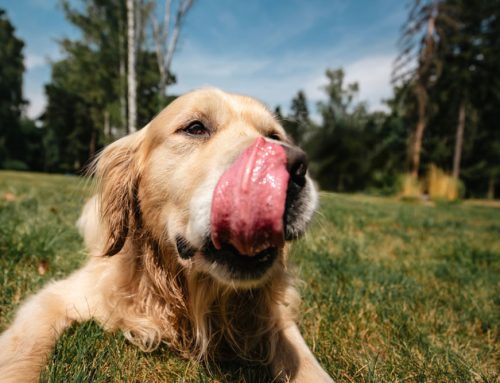Pet Hydration: Why It’s Important and How to Keep Your Pet Hydrated
Water is essential for every living creature, including pets. Proper hydration supports organ function, temperature regulation, and overall health, but many pets don’t drink enough water daily. In Texas, where the heat can be intense, dehydration can quickly become a serious medical concern for dogs and cats.
In this article, we’ll discuss why hydration is critical, how to recognize dehydration, and practical ways to encourage your pet to drink more water.
Why Is Hydration So Important for Pets?
Water plays a crucial role in many of your pet’s bodily functions, including:
- Regulating body temperature – Dogs and cats rely on panting, sweating through their paw pads, and drinking water to stay cool.
- Supporting kidney and urinary tract health – Adequate hydration helps prevent urinary tract infections (UTIs) and kidney stones.
- Aiding digestion – Water is necessary for proper digestion, nutrient absorption, and preventing constipation.
- Keeping joints lubricated – Hydration supports joint health, which is especially important for senior pets or those with arthritis.
A pet that doesn’t consume enough water is at risk for dehydration, heatstroke, and organ dysfunction. Learn more about heat safety tips for pet owners.
Signs of Dehydration in Pets
Since pets can’t tell us when they’re thirsty, it’s important to recognize the early signs of dehydration before it becomes an emergency. Symptoms include:
- Dry or sticky gums – Healthy gums should be moist.
- Lethargy – A dehydrated pet may seem sluggish or weak.
- Loss of skin elasticity – Gently pinch the skin between your pet’s shoulder blades. If it doesn’t snap back quickly, dehydration may be present.
- Sunken eyes – This can indicate severe dehydration.
- Excessive panting – Heavy panting without water intake can lead to overheating.
- Dark yellow or strong-smelling urine – A sign that your pet’s urine is concentrated due to low fluid levels.
If your pet shows severe signs of dehydration, such as collapse, confusion, or vomiting, seek emergency veterinary care immediately. Learn how to recognize pet emergencies and when to act fast.
How to Encourage Your Pet to Drink More Water
Keeping your pet hydrated requires a combination of accessibility, encouragement, and creativity. Here’s how:
1. Provide Fresh, Clean Water at All Times
- Change your pet’s water at least twice a day to keep it fresh.
- Use stainless steel or ceramic bowls to prevent bacterial buildup.
- Place multiple water bowls throughout your home and yard.
2. Use a Pet Fountain
Many pets prefer running water over stagnant water. A pet water fountain can make drinking more appealing, especially for cats.
3. Add Water to Their Food
- Mix low-sodium broth or water into dry kibble to increase moisture intake.
- Offer wet food, which has a higher water content than kibble.
4. Offer Hydrating Treats
- Give your pet ice cubes made from diluted broth or frozen pet-safe fruit (such as watermelon).
- Some commercial hydration supplements can be added to water bowls for extra appeal.
5. Keep Your Pet Cool in Hot Weather
- Avoid exercising your pet during peak heat hours (midday).
- Provide shade and fresh water when outdoors.
- Read more about preventing pet emergencies.
If your pet still isn’t drinking enough water, it’s important to schedule a veterinary check-up to rule out any underlying medical conditions.
Medical Conditions That Can Cause Dehydration in Cats and Dogs
Dehydration occurs when a pet loses more fluids than they take in, leading to imbalances in electrolytes and organ function. Certain medical conditions put pets at a higher risk of dehydration, making it essential to monitor water intake and seek veterinary care if symptoms arise.
Common Medical Causes of Dehydration:
- Chronic Kidney Disease (CKD) – The kidneys lose their ability to conserve water, causing excessive urination and increased thirst. Dehydration can worsen kidney function over time.
- Diabetes Mellitus – High blood sugar levels lead to frequent urination and increased fluid loss, making diabetic pets prone to dehydration.
- Hyperthyroidism (Cats) – Overactive thyroid hormones increase metabolism, leading to increased thirst and urination. If fluids are not replenished, dehydration occurs.
- Pets on Diuretics – Medications like furosemide (Lasix) used for heart disease increase urine output, potentially leading to fluid depletion if water intake isn’t sufficient.
- Gastrointestinal Issues – Chronic vomiting and diarrhea (caused by pancreatitis, infections, or inflammatory bowel disease) result in rapid fluid loss.
- Heatstroke – Overheating leads to excessive panting and loss of fluids, quickly causing dehydration and potential organ damage.
- Liver Disease – Liver dysfunction can impact metabolism and fluid regulation, increasing the risk of dehydration.
When to Seek Veterinary Care for Dehydration
If your pet refuses to drink water or shows signs of severe dehydration, contact a veterinarian immediately. Severe dehydration can lead to kidney failure, heatstroke, and even death.
Seek emergency care if your pet:
- Is vomiting or has diarrhea for more than 24 hours.
- Appears disoriented or collapses.
- Has thick saliva or dry gums that don’t improve with water.
- Is panting excessively and cannot cool down.
Learn more about emergency pet care and first aid.
Keep Your Pet Hydrated and Healthy
Proper hydration is one of the simplest ways to keep your pet healthy and prevent serious medical emergencies. By offering fresh water, using hydrating foods, and keeping your pet cool, you can help them stay comfortable year-round—especially in the Texas heat.
If you have concerns about your pet’s hydration, schedule a visit with our veterinary team at Star of Texas Veterinary Hospital. We can assess your pet’s hydration levels, provide treatment if necessary, and recommend the best ways to keep them hydrated.
Book an appointment today or contact us for more information.

